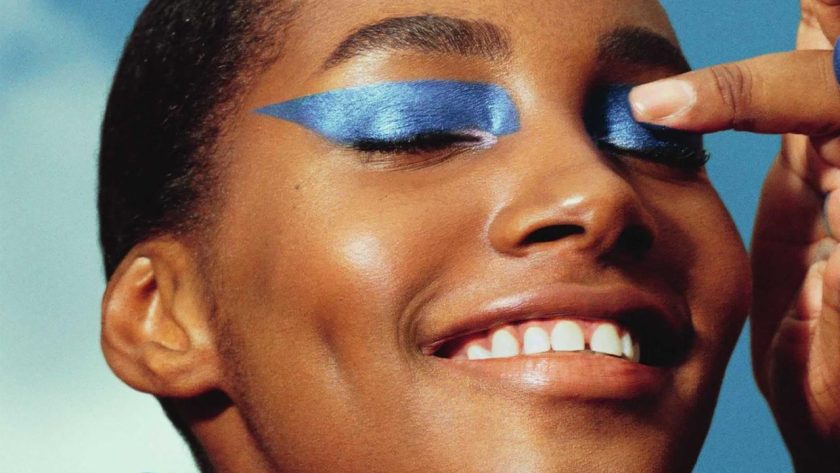Are you a summer, a winter, a spring, or a fall? This age-old question forms the basis of Seasonal Color Analysis, the theory of finding your most flattering colors based on your “season.” The idea that first emerged in 1980 with the publication of color consultant Carole Jackson’s Color Me Beautiful, and divided devotees into four season-inspired categories based on hair and eye color and skin tone.
“There’s is a bit of a retro vibe to it,” says color expert Leatrice Eiseman, Executive Director at the Pantone Color Institute and founder of Eiseman Center for Color Information and Training. “People today might remember their mothers doing it or having it done when they were kids, so it kind of brings back that sort of service that people really enjoy and it gives them something to talk about.”
While the concept may be decades old, the appeal is evergreen. “People are always attracted to, ‘Tell me more about myself,’” says Eiseman. “I think that there are people who are very interested in trying anything that helps them attain the look that they want.” Now, Seasonal Color Analysis is gaining traction on TikTok, with a new generation looking to filters and comment sections to help define their most flattering shades—from wardrobe to makeup. And with the wealth of super-saturated makeup looks currently in rotation, identifying which shades will best accent your natural features is a thoughtful means of honing in on the most striking possible looks.
Makeup artist Autumn Moultrie recommends starting your seasonal journey by determining whether your undertones are best classified as “warm” or “cool.” Begin by assessing whether you look better in gold jewelry (an indication of warmth), or silver accessories (cool), or whether you have little contrast between your skin, eyes, and hair (warm) or a great deal of contrast (cool). If your veins are greenish, you are warm and if they are blueish purple, you are cool. “Typically, if your skin tone registers as warm, you will be an autumn or spring,” says Moultrie. “If you register as cool, you are typically a winter or summer.” Next comes determining where you fall on a spectrum of light to dark. “Do not conflate deep with dark,” says Moultrie, who adds that “‘deep’ has to do with saturation, not darkness.”
Rather than continuing to color within the seasonal lines, Eiseman developed a new system entirely, called the Color Clock. “I do the colors of the time of day: sunrise, sunlight, and sunset,” says Eiseman. “No matter where you are in the world, light changes with the shifting of the day, and people’s coloring relates to that found in nature at particular times of day.” Eiseman also incorporates emotional resonance and overall confidence into the system, centering hues that make wearers feel good in addition to playing well with features. “I think that people today are aware that there’s more emotion involved in color,” she says. “There needs to be much more discussion about how and why colors have this appeal, and what is it that will help to give you more confidence.”
Eiseman adds that the rigidity of the original Seasonal Color Analysis system could stand to be updated—neutrals like black, navy, and sand, for example, are for everyone, and need only be balanced to be universally effective. And while Eiseman offers a variety of courses and educational materials, she posits that self-education is entirely possible and valuable. “If you read the books, if you look at the things yourself, you can become more adept, which can kind of validate your own choices,” she says.
Makeup artist Omayma Ramzy agrees that your personal taste should factor into any analysis. “No rules should be put in place if it takes away something you simply want to do,” she says. “At the end of the day, if you feel you’re best wearing a certain shade of lipstick or eyeshadow, then do it.” We recommend memorizing this mantra from Moultrie, the better to enhance your color education: “Seasonal Color Analysis is a tool, not a rule.”



